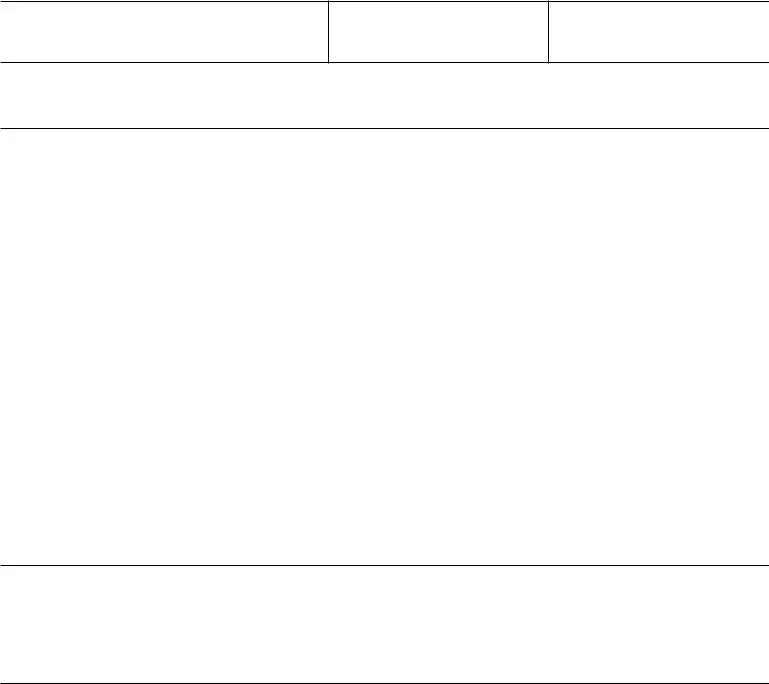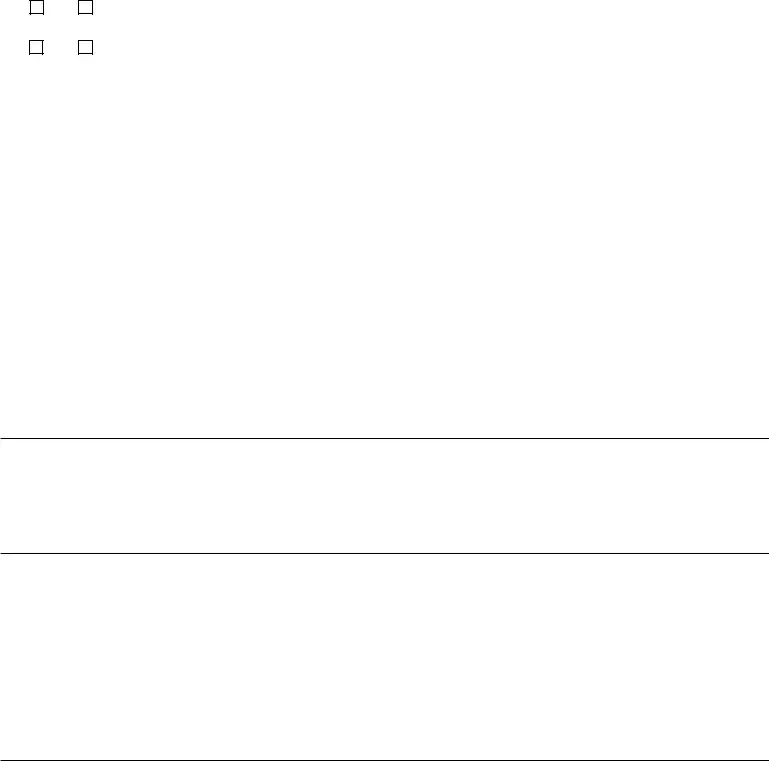|
Form SSA-10 (10-2019) UF |
|
|
Page 8 of 8 |
|
|
|
|
|
|
|
|
CHANGES TO BE REPORTED AND HOW TO REPORT |
|
|
|
|
FAILURE TO REPORT MAY RESULT IN OVERPAYMENTS THAT MUST BE REPAID, AND IN POSSIBLE |
|
|
|
|
|
|
|
|
|
MONETARY PENALTIES. |
|
• You change your mailing address for checks or residence. |
Disability Applicants |
|
(To avoid delay in receipt of checks, you should ALSO file a |
1. You return to work (as an employee or self-employed) |
|
regular change of address notice with your post office.) |
|
regardless of amount of earnings. |
|
• Your citizenship or immigration status changes. |
|
2. Your condition improves. |
|
• You go outside the U.S.A. for 30 consecutive days or longer. |
|
WORK AND EARNINGS |
|
• Any beneficiary dies or becomes unable to handle benefits. |
For those under full retirement age, the law requires that a |
|
• Work Changes - On your application you told us you expect |
report of earnings be filed with SSA within 3 months and 15 |
|
days after the end of any taxable year in which you earn more |
|
total earnings for |
to be $ |
. |
than the annual exempt amount. You may contact SSA to file a |
|
|
|
|
|
|
|
|
|
|
report. Otherwise, SSA will use the earnings reported by your |
|
You |
(are) |
(are not) earning wages of more than |
|
employer(s) and your self-employment tax return (if applicable) |
|
$ |
|
|
a month |
|
|
|
as the report of earnings test. It is your responsibility to ensure |
|
You |
(are) |
(are not) self-employed rendering substantial |
that the information you give concerning your earnings is |
|
correct. You must furnish additional information as needed |
|
services in your trade or business. |
|
|
when your benefit adjustment is not correct based on the |
|
(Report AT ONCE if this work pattern changes.) |
earnings on your record. |
|
|
|
• Change of Marital Status - Marriage, divorce, annulment of |
HOW TO REPORT |
|
marriage. You must report a change in marital status even if |
You can make your reports by telephone, mail, in person, or |
|
you believe that an exception applies. |
|
online, whichever you prefer. If you are awarded benefits, and |
|
• You are confined for more than 30 continuous days to jail, |
one or more of the above change(s) occur, you should report |
|
prison, penal institution, or correctional facility for conviction |
by: |
|
of a crime or you are confined to a public institution by court |
• Visiting the section "Online Services" at our web |
|
order in connection with a crime. |
|
|
|
• Custody Change - Report if a person for whom you are filing, |
site at www.socialsecurity.gov; |
|
• Calling us TOLL FREE at 1-800-772-1213; |
|
or who is in your care dies, leaves your care or custody, or |
|
changes address. |
|
|
|
• If you are deaf or hearing impaired, calling us TOLL FREE |
|
|
|
|
|
|
|
|
|
|
|
• You begin to receive a pension, annuity, or a lump sum |
at TTY 1-800-325-0778; or |
|
payment based on your government employment not covered |
• Calling, visiting or writing your local Social Security office |
|
by Social Security or your pension or annuity amount |
|
changes or stops. |
|
|
|
shown at the phone number and address on your |
|
• You have an unsatisfied warrant for more than 30 continuous |
claim receipt. |
|
days for your arrest for a crime or attempted crime that is a |
For general information about Social Security, visit our web |
|
felony or flight to avoid prosecution or confinement, escape |
site at www.socialsecurity.gov. |
|
from custody, and flight-escape. In most jurisdictions that do |
|
|
not classify crimes as felonies, this applies to a crime that is |
|
|
punishable by death or imprisonment for a term exceeding 1 |
|
|
year (regardless of the actual sentence imposed). |
|
To figure your total yearly earnings, count all gross wages (before deductions) and net earnings from self-employment which you earn during the entire year. This includes earnings both before and after your retirement date, and applies to all earned income whether or not covered by Social Security.
In figuring your total yearly earnings, however, DO NOT COUNT ANY AMOUNTS EARNED BEGINNING WITH THE MONTH YOU ATTAIN FULL RETIREMENT AGE. Count only amounts earned before the you attain full retirement age.
PLEASE READ THE FOLLOWING INFORMATION CAREFULLY BEFORE ANSWERING QUESTION 28.
Benefits may be payable for some months prior to the month in which you file this claim (but not for any month before you reach age 60 (unless you are disabled)) if:
• YOU WILL EARN OVER THE EXEMPT AMOUNT THIS YEAR.
(For the appropriate exempt amount, see "How Work Affects Your Benefits" (Publication No. 05-10069)
If your first month of entitlement is prior to full retirement age, your benefit rate will be reduced. However, if you do not actually receive your full benefit amount for one or more months before full retirement age because benefits are withheld due to your earnings, your benefit will be increased at full retirement age to give credit for this withholding. Thus, your benefit amount at full retirement age will be reduced only if you receive one or more full benefit payments prior to the month you attain full retirement age.
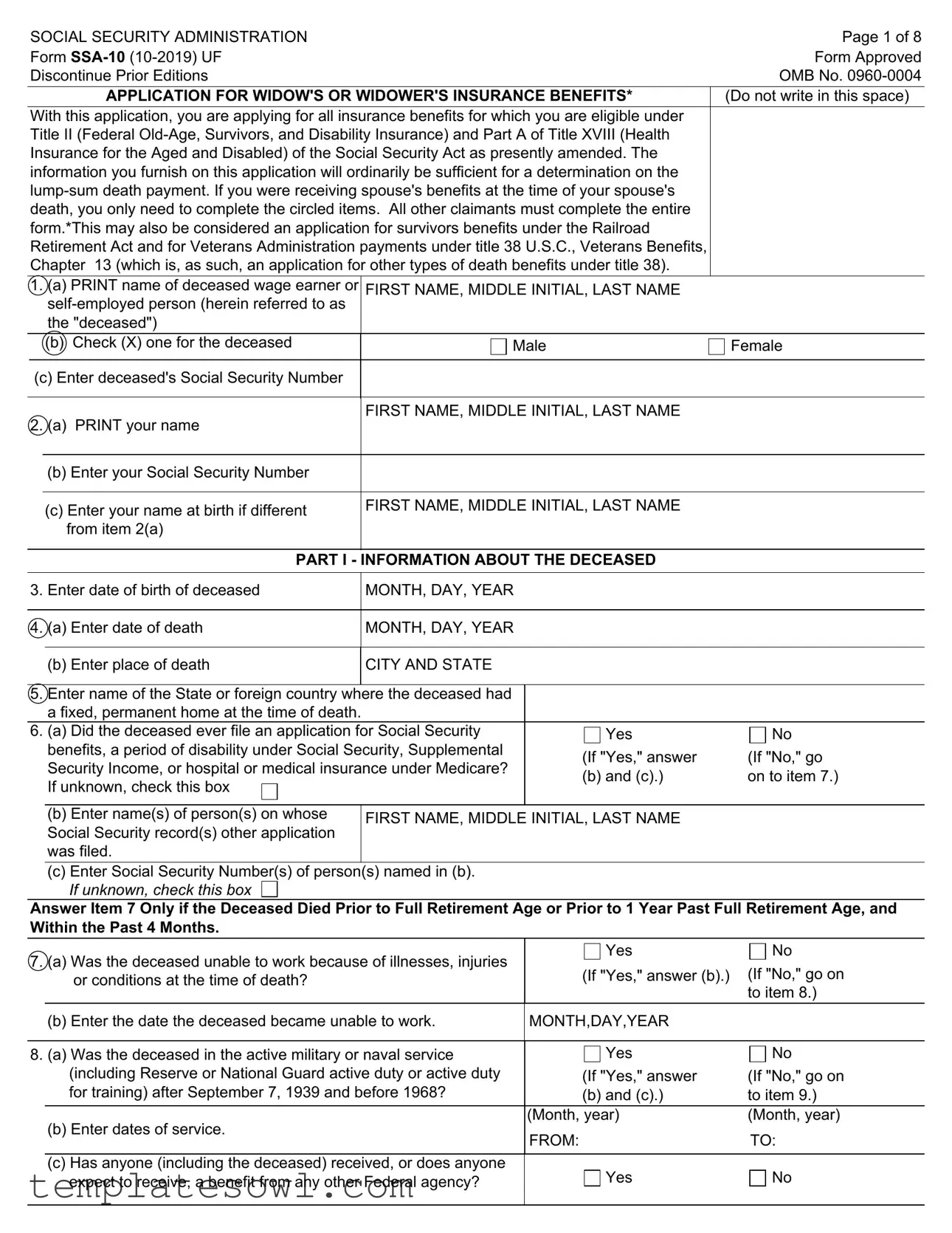



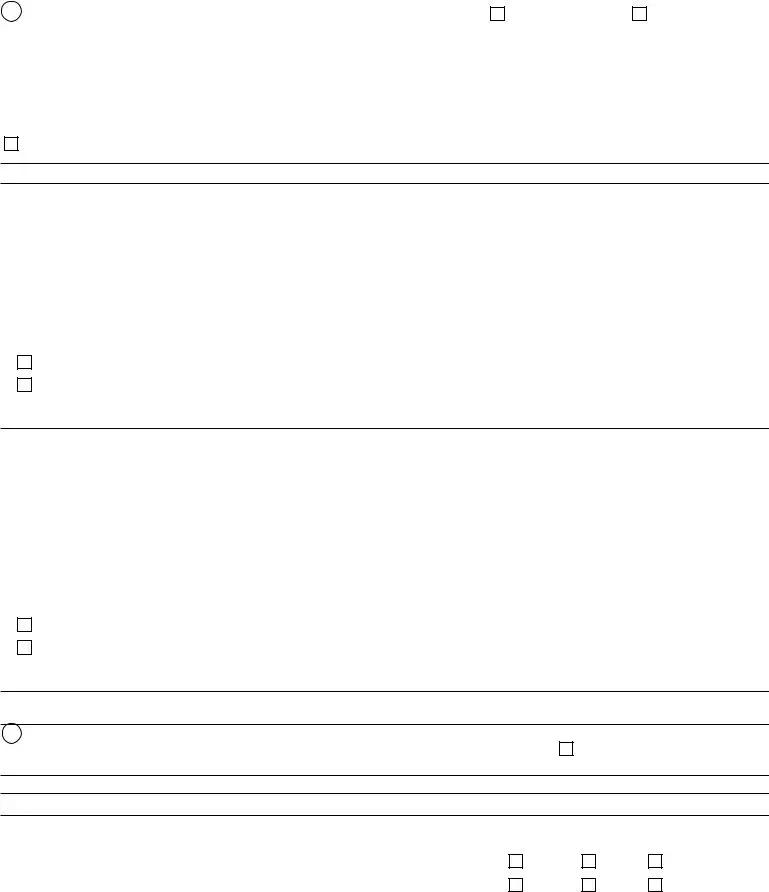


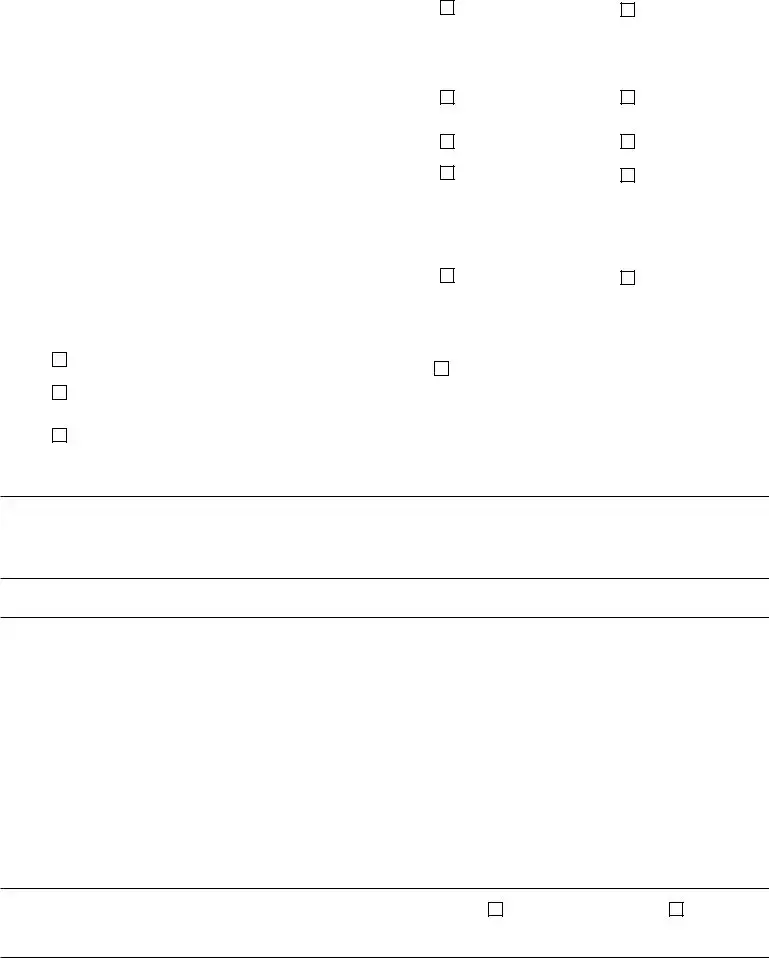
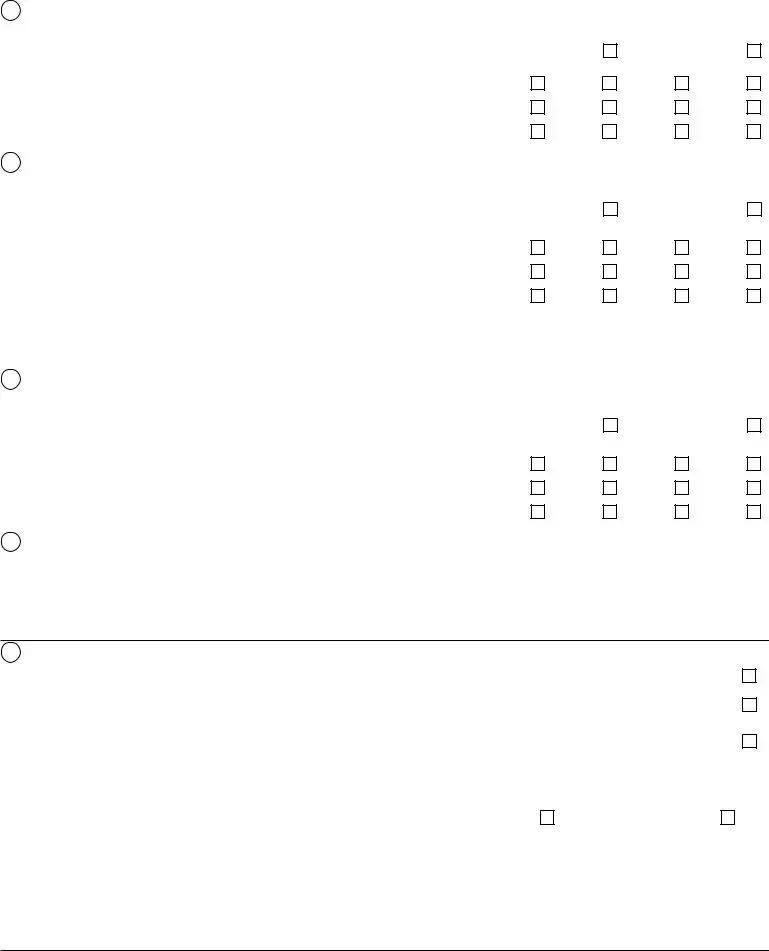
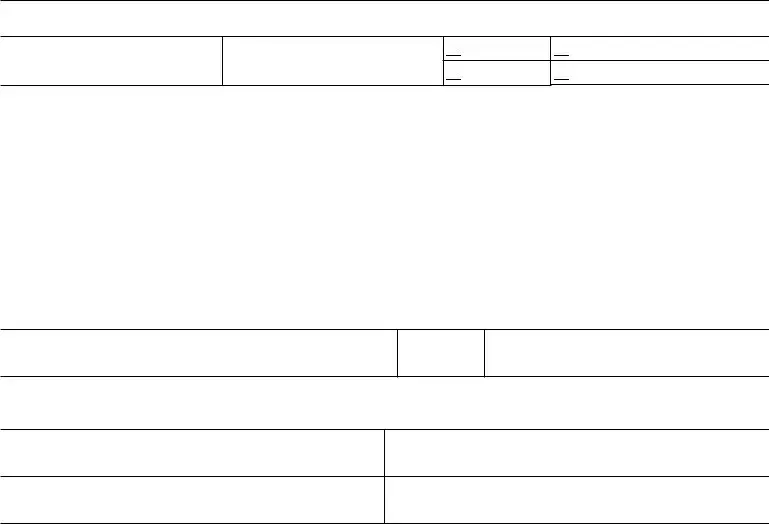

 Checking
Checking
 Savings
Savings
 Enroll in Direct Express
Enroll in Direct Express
 Direct Deposit Refused
Direct Deposit Refused